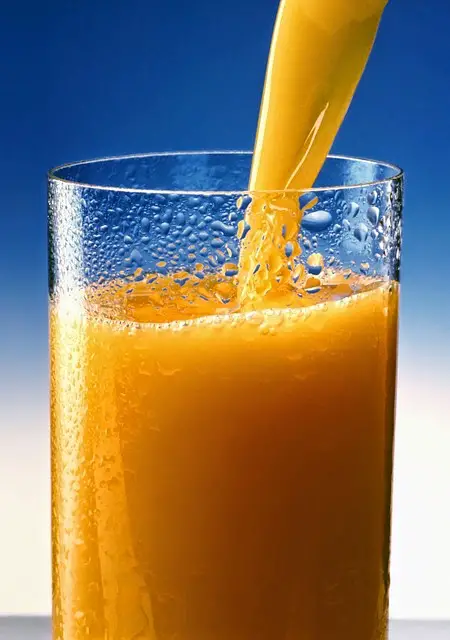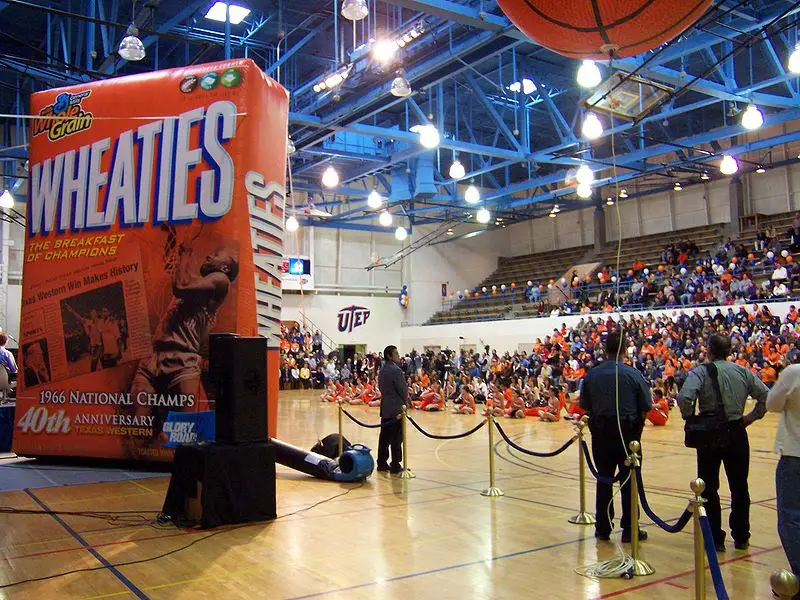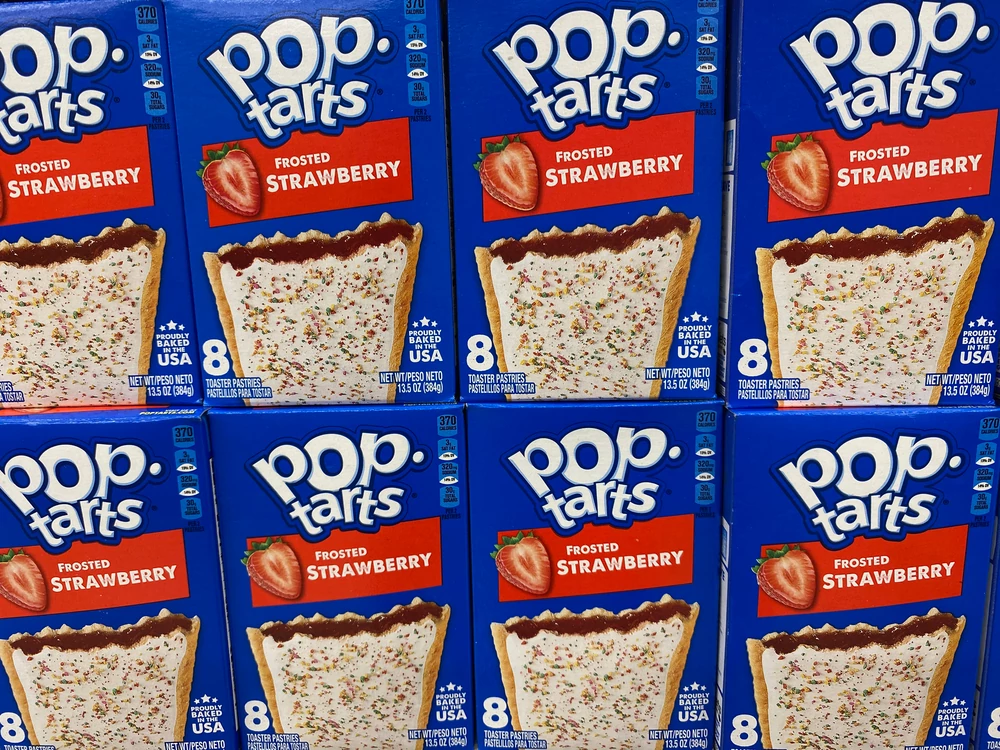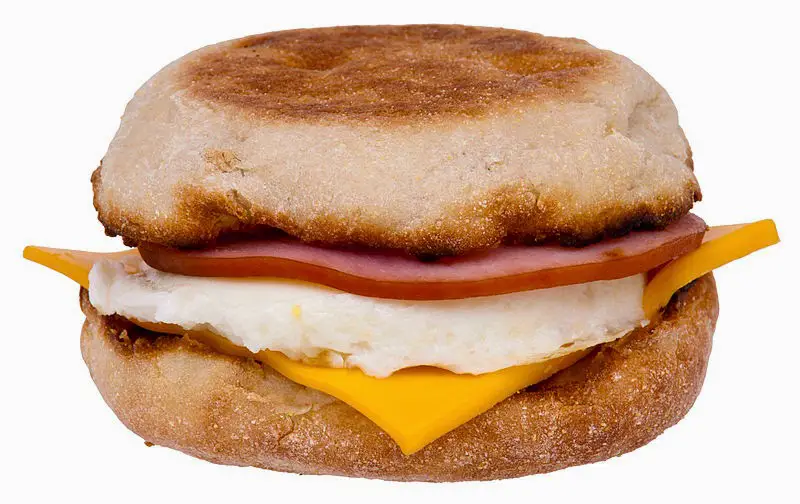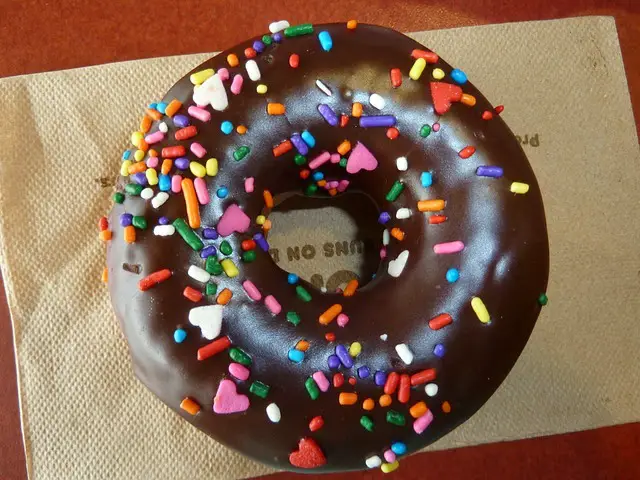Maybe you eat cold pizza and Twinkies for breakfast. Those are not on this list, but other popular breakfast foods are. I bet you’ve heard of all of them, though they might not all be your favorite. If they are, then you’ll soon know where the particular food you’re eating came from. Now, doesn’t everyone want to process that information in the early hours of the morning?
Breakfast is the most important meal of the day, at least from what they told us in health class, but we haven’t always eaten what we’ve eaten. A hundred years ago, people wouldn’t even be able to fathom the thought of a Nutri-Grain bar or liquid eggs in a carton. Here are a few of the more common items you might have seen on your breakfast table, and the fascinating journey they took to get there.
Coffee
Okay, so coffee in itself has been around for a really long time. Its origins can be traced to around 800 AD in Ethiopia and an interesting legend about an Ethiopian goat herder named Kaldi. Coffee is said to have gotten its real start in Arabia where beans were roasted around 1000 AD and where no coffee beans were said to have left the area until the 1600s. It next spread to Europe, where it was introduced in Venice in 1615.
But everyone wanted in on the coffee game. The Dutch managed to smuggle a plant into Europe, and not just the beans, in 1616. They later set up their own coffee estate in colonial Java, which is now part of Indonesia.
The French came up next around 1714. A French naval officer named Gabriel Mathieu de Clieu took a coffee tree that was in Paris (without permission) and set sail with for Martinique, a French colony in the Caribbean. He gave the tree a portion of his water rations, and after a storm, pirates, and an overall horrible journey, De Clieu managed to plant the tree in Martinique. That single plant ended up yielding about 18 million trees in about 50 years. That plant’s offspring would make up the coffee plants that would eventually spread around Latin America.
In 1727, it was Brazil’s turn, and they performed another bit of coffee hi-jinx. Lt. Col. Francisco de Melo Palheta of Brazil went on a mission to smuggle coffee seeds from French Guiana. He somehow got the governor’s wife to give him some seeds, which were cleverly disguised in a bouquet that she had presented to him at a farewell dinner. These few seeds made Brazil into a coffee empire by the 1800s, allowing coffee to be enjoyed by the masses.
Pancakes
Ahhh, who doesn’t love themselves a stack of pancakes? There are millions of ways to fix them, cook them, mix them; the options are endless. But how long have pancakes been around?
It seems it’s been a long time, though you might not have recognized them in the old days. The pancake spans the globe and can be found almost everywhere, though the name may not be what you think. It’s not really known who truly made the first pancake.
One school of thought is that the making of the pancake could have developed from the Christian tradition of “Fat Tuesday,” which was also known as “Pancake Day,” or the day before Ash Wednesday and the beginning of the Lent season. It may have been used as a way to use up cooking fats before they spoiled prior to the days of Lent. The first known mention of pancakes in English comes from a culinary book of the 1430s.
The process of adding butter and syrup to the top is likely a modern affair with its origins coming from the recipe for crepes Suzette that was brought to the US by a French maitre d’ in the 1930s. Crepes Suzette has a sauce of caramelized sugar, citrus juice, and liqueur that may have started a fad to embellish pancakes with other substances.
Orange Juice
Orange juice had a simple origin but came about because of a problem. In the mid-1910s, there was an overproduction of citrus fruits in the groves of California. The only option the orange growers could find was to destroy 30% of the trees to control the problem.
Orange juice would only last for a few days, so shipping the liquid anywhere would have resulted in spoilage. Luckily, pasteurization came to the rescue and was discovered. It, along with the national railway system being in place, allowed orange juice to be shipped across the country, pleasing orange juice drinkers nationwide.
Wheaties
The story of Wheaties began in 1921 when a health clinician in Minneapolis accidentally spilled a wheat bran gruel mixture on a hot stove. After trying the new flakes, he decided it might have some promise.
He took it to the Washburn Crosby Company, which would later become General Mills, and gave it to the head miller, George Cormack, who went to work strengthening the flakes. It took 36 attempts to get the flakes strong enough to survive packaging, but by 1924, he had done it. The name for the new product was originally Washburn’s Gold Medal Whole Wheat Flakes but was changed to Wheaties after an employee contest was held to name the product.
Its first association with the sporting world began in 1933 when the cereal was used as a sponsor for baseball broadcasts. Later that year, a new slogan was written by Knox Reeves, who worked for a Minneapolis ad agency. He came up with the words, “Wheaties-Breakfast of Champion.” In 1934, baseball legend Lou Gehrig became the first athlete featured on the box. Michael Jordan has appeared on the Wheaties box the most at 18 times, with Tiger Woods coming in second at 14.
Pop-Tarts
Kellogg Pop-Tarts are as American as apple pie. Whether you love ’em or hate ’em, they are a breakfast food force. They’re even popular during hurricanes.
When Hurricane Frances moved toward the Florida coast in 2004, Walmart used what it calls “predictive technology” and discovered that the top-selling items ahead of a hurricane were beer (which was the top seller) and strawberry Pop-Tarts (which sold 7x greater than normal). They used this info to ship extras to Walmarts in the storm’s path.
Beer and Pop-Tarts are a wonderful mix, but how did these tarts get their start? The company that really started it was Post, the cereal maker. In 1963, Post had found a way to keep fruit filling fresh without a refrigerator, and they were set to dominate the breakfast food market. But they made a grave error. They announced the product before it was ready to be sold. Kellogg’s swooped in and took the idea and ran with it in under six months.
Kellogg’s had it placed in the baking aisle, strategically away from the cereals, and named it Pop-Tart, an ode to the pop art movement. The original flavors were strawberry, apple-currant, blueberry, and brown sugar cinnamon. The frosted versions didn’t arrive for three years as Kellogg had to figure out how to get the frosting to stay on the tart. Kellogg has released 29 other versions of Pop-Tarts since that time.
Eggos
These frozen waffles were invented in San Jose, California, in 1953 by three brothers; Tony, Sam, and Frank Dorsa. The waffles were originally called “Froffles,” a concocted word that came from “frozen waffles.”
People began to refer to them as Eggos, however, due to their eggy taste, and the brothers changed the name to Eggo in 1955. Kellogg’s bought their company in 1968 and came up with the popular, “L’eggo my Eggo,” advertising campaign.
Egg McMuffin
In 1970, Jim Delligatti, a McDonald’s franchisee who had developed the Big Mac, was looking for additional ways to bring in more patrons for breakfast to his restaurant. He began by selling the usual early morning items of coffee and doughnuts. He later added pancakes and sausage. While Delligatti was doing well during his morning hours, other McDonald’s operators didn’t have the same wish to open earlier for breakfast, unless there was something that could really rocket sales.
In 1971, a new franchisee named Herb Peterson also saw the opportunity that serving breakfast could bring. He decided to come up with a product that was like other products on the McDonald’s menu and one that could be eaten by hand. He came up with a cluster of six rings that formed an egg into the shape of an English muffin. He then added a piece of Canadian bacon to finish it off.
Ray Kroc, the founder of McDonald’s, signed off on the new product almost as soon as he had tasted it. By 1976, McDonald’s had finely tuned their breakfast menu, way before other restaurants jumped on the breakfast bandwagon in the mid-1980s.
Doughnuts or Donuts (whichever you prefer)
The origin of the doughnut can be traced in one form or another to prehistoric and Native American times, but its real origins are murky.
The doughnut is believed to have been brought by the Dutch when they migrated to New Amsterdam, a Dutch settlement which is now Manhattan, in the 1800s. They were known as “olykoeks” or “oily cakes.” But since the most distinct portion of a doughnut is its hole, where did that come from?
Again history is slightly murky on the subject, but a 16-year-old American crewman on a schooner in 1847 named Hanson Gregory is widely credited for putting the hole in the doughnut. His mother made a pastry treat for him, and the ship’s crew he was with, to eat during long voyages. She made them a deep-fried dough that had walnuts or hazelnuts in the center. Gregory was said to have put the hole there by using the top of a round tin pepper box. He pushed the contents from the center in order for the inside of the pastry to be cooked evenly and so it wouldn’t be as greasy.
So, if Gregory reportedly made the hole, how did doughnuts end up becoming so popular? That can be traced to World War I, where American soldiers fought in the trenches. The soldiers were known as doughboys, but that didn’t have anything to do with doughnuts. That name came from the Civil War. The soldiers were served doughnuts by women volunteers who had brought them to give the men a taste of home. When those soldiers returned home, they had a hankering for the fried treat.
In 1920, doughnut-making hit its stride when a refugee from Russia named Adolph Levitt built the first doughnut making machine. Levitt’s doughnut machines ended up making him $25 million a year, and by the time of the 1934 Chicago’s World’s Fair, doughnuts were known as the “food hit of the Century of Progress.” Doughnuts were being consumed by the masses, regardless of a person’s socioeconomic status.
It was also in the 30s when Joe LeBeau, a Frenchman, sold his secret recipe to Ishmael Armstrong, a store owner in Paducah, Kentucky. That recipe and the name that went with it was called Krispy Kreme.
Other entrepreneurs started on their path to the doughnut fortune as Krispy Kreme grew. Dunkin’ Donuts started in 1950 in Quincy, Massachusetts and today has stores in 37 countries, as well as having double the amount of stores in the US as Krispy Kreme.
Doughnuts are far from losing any steam in popularity. It’s estimated that the overall production of doughnuts in the U.S. is around 10 billion doughnuts every year.
So before you chomp down on your next breakfast, take a little time to think where it came from. It took many events to happen so we can have the breakfast we know today. Now go enjoy your piece of cold pizza.




